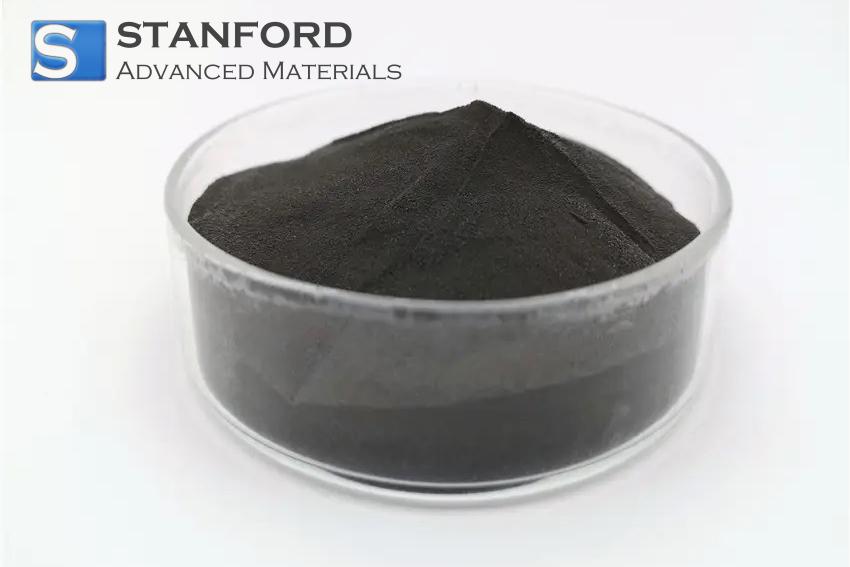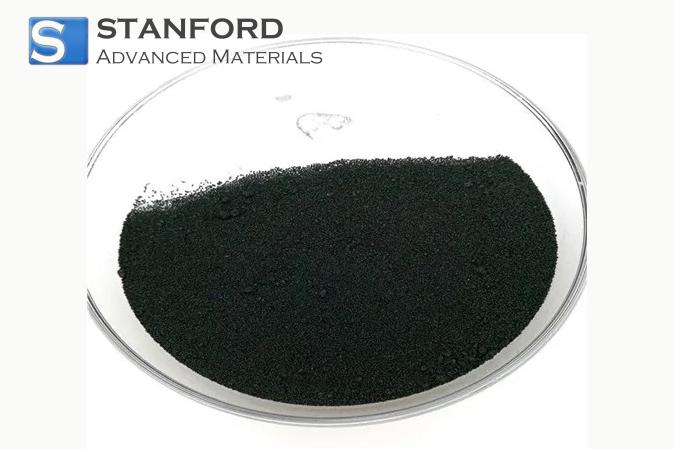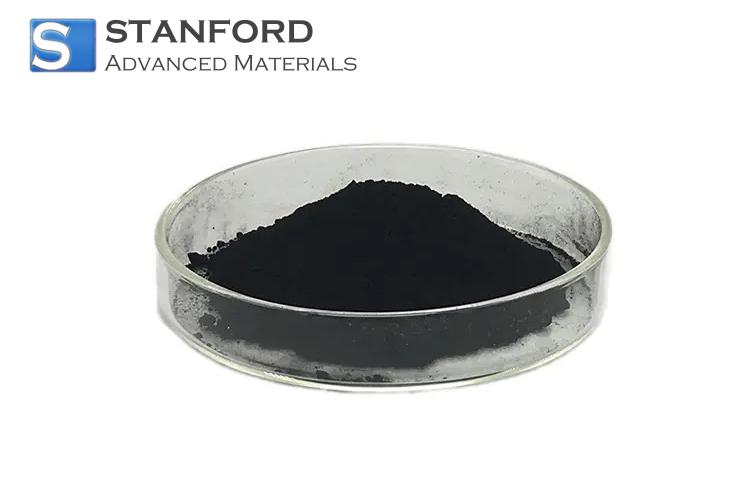Cadmium: Element Properties And Uses
Introduction to Cadmium
Cadmium (atomic number 48, abbreviation Cd) is a soft, bluish-white metal characterised by its exceptional physical properties and thoroughly documented toxicity. Cadmium was first isolated during the 19th century and has since become a key material in various industrial processes from batteries to pigments. It is primarily manufactured as a by-product of zinc smelting, with 2022 global output being approximately 23,000 metric tons, concentrated mainly in countries like China, South Korea, and Japan. Due to its toxicity, cadmium is highly regulated in most industries.
Chemical Properties of Cadmium
Cadmium tends to exhibit a +2 oxidation state (Cd²⁺), which encompasses most of its chemical behaviour. While relatively inert compared to other transition elements, cadmium will react with oxygen, sulfur, and halogens to produce compounds such as cadmium oxide (CdO) and cadmium sulfide (CdS). Such compounds form the basis of electroplating, pigments, and semiconductors.
The principal chemical properties include:
• Resistance to reaction in air at room temperature, although it is slowly oxidised by forming a protective coating.
• Acid solubility allowing it to participate in electrochemistry.
• Absorption capacity to form brightly coloured compounds, particularly with sulfur and selenium, which previously made it valuable for pigments.
For more chemical detail, see Stanford Advanced Materials (SAM).
Key Industrial Applications with Examples and Statistics
1. Nickel-Cadmium (Ni-Cd) Batteries
- Ni-Cd batteries found widespread use in portable electronics, power tools, and aviation technology.
- A typical 1.2V Ni-Cd battery contains about 5–10% cadmium by weight.
Although stable and capable of withstanding hundreds of charge-discharge cycles, environmental concerns have led to reduced usage. For instance, the European Union restricted the application of Ni-Cd batteries under the Battery Directive (2006/66/EC).
2. Plastic, Ceramic, and Glass Pigments
- CdS produces intensely coloured yellow pigments, while CdSe produces red-orange pigments.
- Case example: CdS pigments were applied to building plastics in the 1990s, providing colourfast products lasting over 20 years without deterioration.
- RTEs pigments are currently regulated, with cadmium content limited to less than 0.01% in consumer products in most countries.
3. Electroplating and Corrosion Resistance
Cadmium electroplating is employed in aerospace and defence owing to its high corrosion resistance, particularly in marine environments.
Example: Cadmium-coated, military-grade fasteners resist salt spray corrosion for over 1,000 hours, whereas zinc-plated alternatives fail after 200–300 hours.
4. Semiconductors and Photovoltaics
- Cadmium telluride (CdTe) is utilised in thin-film solar cells, which are an efficient and cost-effective alternative to silicon.
- Case data: CdTe solar modules can achieve efficiencies of up to 22% in standard test conditions with lower production costs per watt compared to crystalline silicon.
Environmental and Health Concerns
Cadmium is highly toxic to animals and humans. Prolonged exposure to small quantities results in:
• Kidney impairment and decalcification of bones.
• Respiratory illness and lung cancer (through inhalation of cadmium dust or fumes).
• Bioaccumulation within the food web, particularly in leaf vegetables, cereals, and shellfish.
Its hazards are highlighted through environmental events:
• In Japan's Itai-Itai disease (1960s), cadmium-contaminated rice caused severe bone and kidney ailments in over 200 victims.
• Mining and smelting cadmium emissions are now strictly regulated; for example, the EPA limits wastewater cadmium to 0.005 mg/L, illustrating the need for stringent controls to prevent ecological and human harm.
Due to these risks, industries are transitioning to cadmium-free alternatives, such as lithium-ion batteries instead of Ni-Cd batteries and non-cadmium pigments for plastics and paints. Cadmium, however, has no substitutes in high-performance solar cells and specialised electroplating applications due to its unique characteristics.
Frequently Asked Questions
What is the atomic number of cadmium?
The atomic number of cadmium is 48, classifying it as a transition metal.
How toxic is cadmium?
It is highly toxic; long-term exposure causes damage to kidneys, bones, and lungs. Regulative doses are stringent to mitigate human and environmental risk.
What are the main industrial uses today?
Ni-Cd batteries, pigments, cadmium electroplating, and CdTe solar cells remain significant applications.
How is cadmium manufactured?
It is mainly produced as a by-product of zinc smelting, typically through roasting, distillation, and electrolytic processes.
Is there an alternative that is safer?
Yes. NiMH and lithium-ion substitute for Ni-Cd, while non-cadmium pigments mitigate environmental exposure. Cadmium is still needed, however, in certain high-performance applications such as aerospace coatings and CdTe photovoltaics.

 Bars
Bars
 Beads & Spheres
Beads & Spheres
 Bolts & Nuts
Bolts & Nuts
 Crucibles
Crucibles
 Discs
Discs
 Fibers & Fabrics
Fibers & Fabrics
 Films
Films
 Flake
Flake
 Foams
Foams
 Foil
Foil
 Granules
Granules
 Honeycombs
Honeycombs
 Ink
Ink
 Laminate
Laminate
 Lumps
Lumps
 Meshes
Meshes
 Metallised Film
Metallised Film
 Plate
Plate
 Powders
Powders
 Rod
Rod
 Sheets
Sheets
 Single Crystals
Single Crystals
 Sputtering Target
Sputtering Target
 Tubes
Tubes
 Washer
Washer
 Wires
Wires
 Converters & Calculators
Converters & Calculators
 Write for Us
Write for Us





 Chin Trento
Chin Trento



